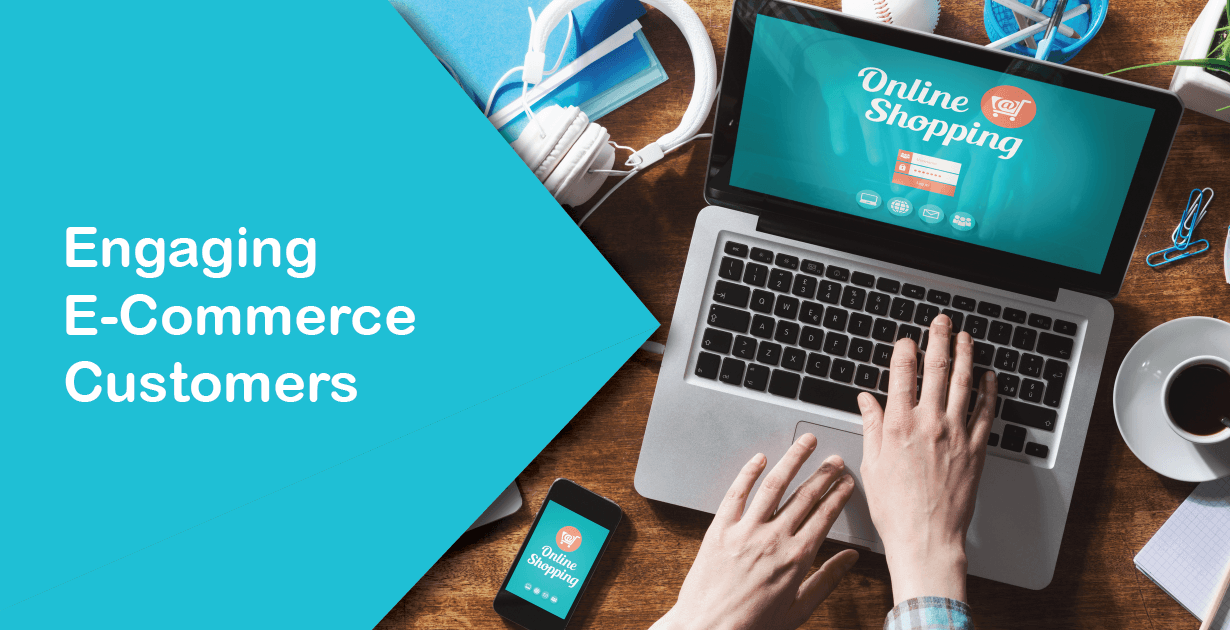
For today’s customers, e-commerce provides an easy way to make a purchase. With the click of a mouse, tap or swipe, transactions are completed with minimal effort. For a merchant, a duck paddling furiously to stay afloat might be an apt metaphor. Their challenge is making the entire process easy and transparent, while also engaging e-commerce customers during and after the purchase cycle to build customer loyalty and grow their business. An engaged customer is a loyal customer, one who will return to make more purchases and feels a connection to the brand.
For omni-channel shoppers, merchants must seem virtually invisible during the purchase process. Customers want a hassle-free experience from the moment they decide to buy until the product arrives at their doorstep. They don’t care about the logistics required to ensure their package arrives, their only concerns are that they get what they ordered and it arrives on time.
While the e-commerce business model has helped many merchants experience new and extended growth, it has eroded traditional brand relationships. Where once shoppers would visit a brick-and-mortar store, interact with store employees and resolve issues with store managers, today’s e-commerce customers handle everything virtually – and, in most cases, anonymously.
Without a relationship with the merchant, customers have little tolerance for error and will not hesitate to bypass the merchant and address disputes directly with the issuer. The result – refunds, lost merchandise, and chargebacks.
Merchants must work more diligently than ever to create a relationship with their e-commerce customers. In doing so, there will be more wiggle room should a customer experience a glitch with their transaction, asserting the opportunity to resolve the issue quickly. The resulting uptick in brand loyalty helps reduce transaction disputes and chargebacks.
Best Practices to Encourage E-Commerce Customer Engagement
- Not all customers are equal. Treat your returning customers the best. Whether it is launching a new product or introducing a special promotion, inform your regular customers first. After all, they are the lifeblood of your business.
- Consider implementing a tiered loyalty program to reward loyal customers with special benefits. This segmentation strategy strengthens your relationship with dedicated customers, influences further purchase behavior, and increases brand loyalty.
- Make building brand loyalty a company-wide goal. As you determine your company’s key performance indicators, factor in building long-term relationships with your customers. Buy-in must come from the top before it can be successfully executed throughout your organization.
- Pay attention to the details. Brand loyalty isn’t simply the result of attractive discounts or gifts. Use your CRM systems to track customer birthdays or anniversaries, and email them to let them know you consider them as people rather than simply as accounts.
Brand loyalty emanates from a foundation of trust. Affinity for a brand can be passed down from generation to generation, resulting from several outstanding brand experiences – or in the case of millennials, it can be achieved through a combination of quality products and social consciousness.
Each example shares a common theme. Brand loyalty is earned and does not come easily.
How to Earn Brand Loyalty
- Make transparency a priority. Ensure that return policies are clear, billing information is comprehensive, and provide contact information to resolve issues. When a brand commits to transparency, it builds consumer trust and helps form a lifelong relationship.
- Fix issues quickly. Most customers know that mistakes happen and will forgive you if you resolve their issue in a timely fashion. Train your customer care team to address their concerns empathetically and make sure you fix the problem to best prevent future occurrences.
- Know your customers well. In theory, the customer is always right, but there are notable exceptions. Friendly fraud and true fraud are realities every business must face. Know your customer history well and have information readily available to differentiate honest customer confusion from fraud.
Engaging e-commerce customers to build brand loyalty and longevity can go a long way towards maximizing near-term and future sales. A merchant that successfully builds long-term relationships with their customers, particularly in the e-commerce marketplace, can help ensure that transaction disputes are a rarity and chargebacks are rarer still.
Contact us to learn how our collaboration solutions can help you create customer loyalty by responding to and resolving customer billing questions quickly, preventing them from becoming chargebacks.